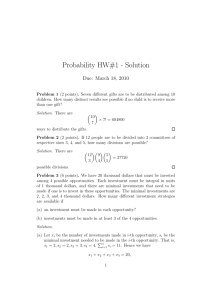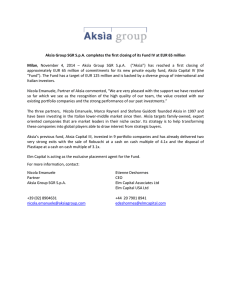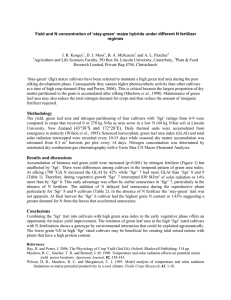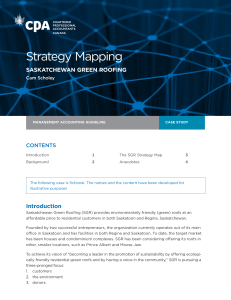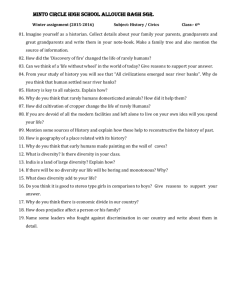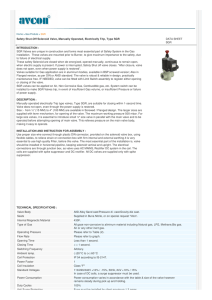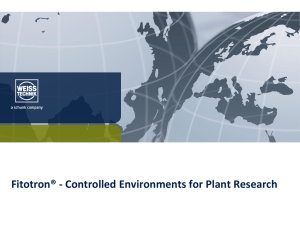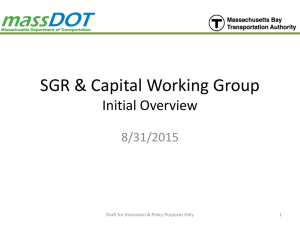Using calibrated shale gouge ratio to estimate column heights
advertisement
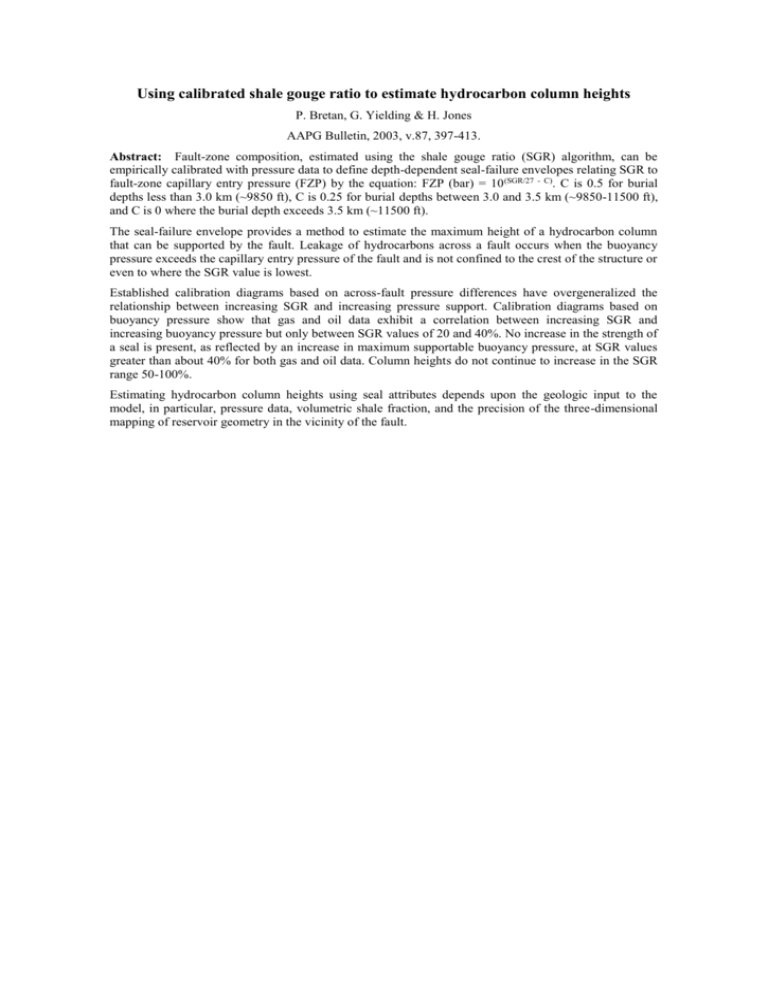
Using calibrated shale gouge ratio to estimate hydrocarbon column heights P. Bretan, G. Yielding & H. Jones AAPG Bulletin, 2003, v.87, 397-413. Abstract: Fault-zone composition, estimated using the shale gouge ratio (SGR) algorithm, can be empirically calibrated with pressure data to define depth-dependent seal-failure envelopes relating SGR to fault-zone capillary entry pressure (FZP) by the equation: FZP (bar) = 10 (SGR/27 - C). C is 0.5 for burial depths less than 3.0 km (~9850 ft), C is 0.25 for burial depths between 3.0 and 3.5 km (~9850-11500 ft), and C is 0 where the burial depth exceeds 3.5 km (~11500 ft). The seal-failure envelope provides a method to estimate the maximum height of a hydrocarbon column that can be supported by the fault. Leakage of hydrocarbons across a fault occurs when the buoyancy pressure exceeds the capillary entry pressure of the fault and is not confined to the crest of the structure or even to where the SGR value is lowest. Established calibration diagrams based on across-fault pressure differences have overgeneralized the relationship between increasing SGR and increasing pressure support. Calibration diagrams based on buoyancy pressure show that gas and oil data exhibit a correlation between increasing SGR and increasing buoyancy pressure but only between SGR values of 20 and 40%. No increase in the strength of a seal is present, as reflected by an increase in maximum supportable buoyancy pressure, at SGR values greater than about 40% for both gas and oil data. Column heights do not continue to increase in the SGR range 50-100%. Estimating hydrocarbon column heights using seal attributes depends upon the geologic input to the model, in particular, pressure data, volumetric shale fraction, and the precision of the three-dimensional mapping of reservoir geometry in the vicinity of the fault.


